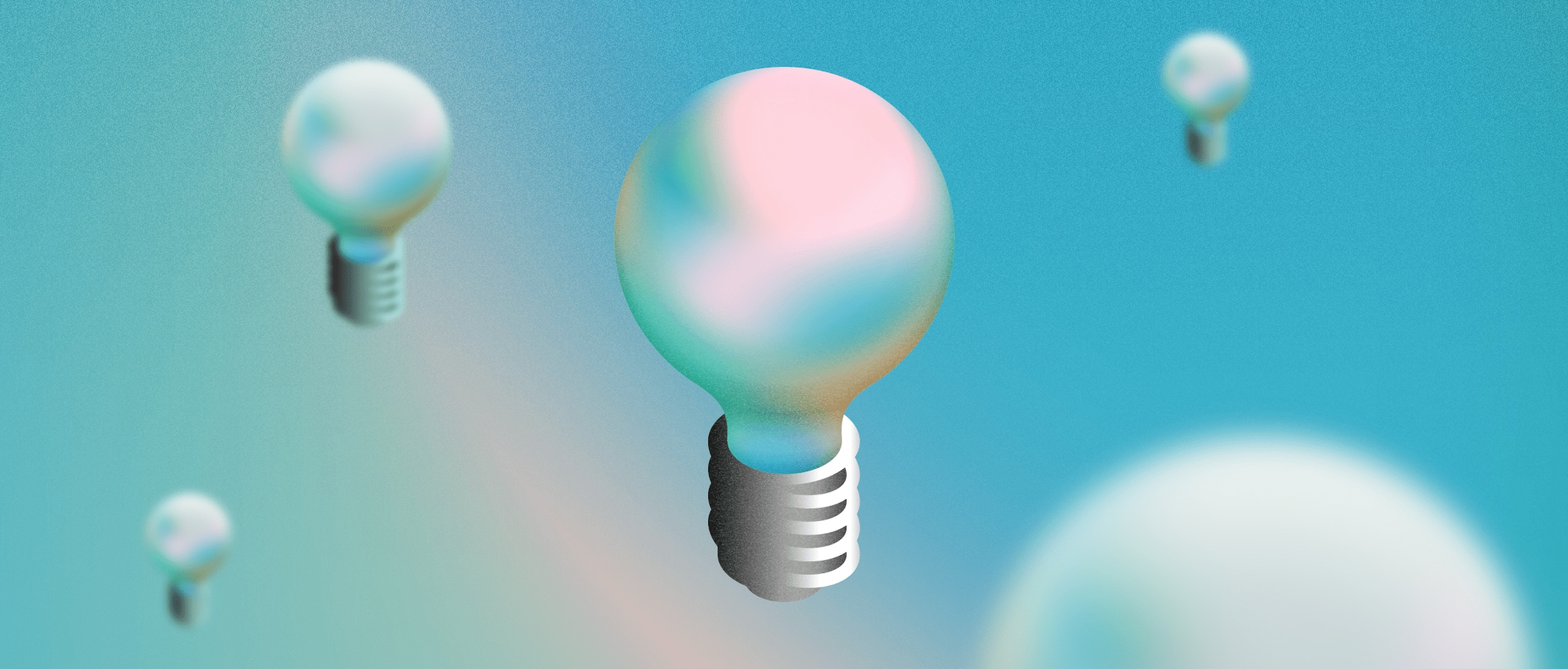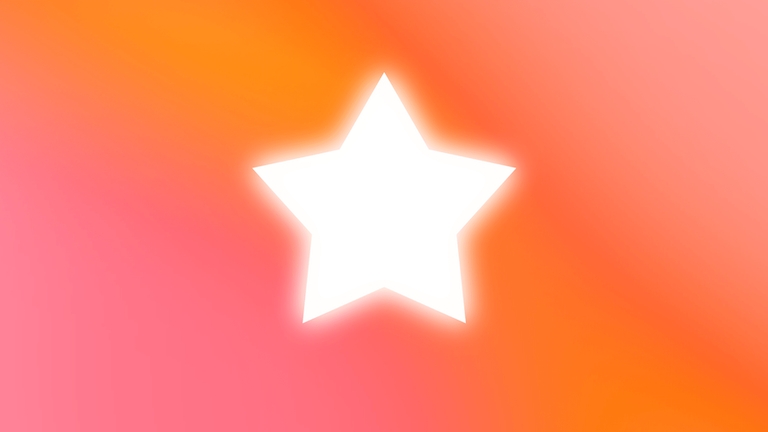
Design Brainstorming: From ideation to creation
Learn about different types of design brainstorming techniques and how they can help unleash your creativity
When you’re on a roll, creativity feels like a best friend, encouraging you and pointing you in the right direction. But we all know that those bouts of creativity don’t last forever, especially when starting a new project we still don’t know much about. Today, we’ll be talking about some design brainstorming ideas to give your brain the jumpstart it needs to get creative again.
Design brainstorming types
Getting your brain to cooperate when it doesn’t want to is a near-impossible task. But there are ways to trick your brain into thinking you’re actually doing something different. This is what happens when we brainstorm. Instead of forcing ourselves to complete a task we don’t really feel like doing, we allow our minds to run wild and come up with new ideas that can actually motivate us. If you think about it, it’s unlikely that a user will enjoy a project you yourself are not excited about.
Brainstorming also helps you arrive at the blank page with a plan of action — or at least a sense of direction. There are several brainstorming techniques you can use depending on whether you’re working on a design by yourself or looking to collaborate with a team. Let’s take a look.
Brainstorming for solo designers
Brainstorming is often used in group settings, but it can be a great way to clear your mind if you’re feeling blocked or are just starting out with a project. We always recommend getting feedback on your ideas from friends or colleagues. This way, you’ll be able to curb biases and benefit from different perspectives.
- Word association. Take a sheet of paper and start jotting down any words that come to mind when thinking of your project. Try to stick with it for as long as possible, keeping in mind that it might take a while for your brain to start coming up with good ideas. Once you’re done, take a step back and try to find a correlation between the ideas.
- Create a mood board. The most visual of brainstorming types, mood boards are great for communicating ideas that can’t be easily expressed with words. First, search for images of designs you like, color schemes that resonate with you, items your ideal customer would own, etc. Finally, make a collage out of all of your clippings and see what it reveals. You’ll probably end up with a strong sense of what the design project should look and feel like, and it’s a place you can always return to for inspiration.
- Cubing. As we mentioned, one challenge of brainstorming by yourself is the lack of alternative points of view. Cubing is a type of brainstorming that actually encourages you to consider different angles. Start by drawing a set of rectangles that look like a deconstructed cube. Then, add one of the following tasks to each of the sides of your cube: describe, compare, associate, analyze, apply, argue for or against. Now, use the space to complete each of those tasks. For example, describe your project idea within the rectangle labeled “Describe”.

Each face represents a different point of view. Now, imagine them coming all together to form the whole idea — your cube.
Brainstorming for design teams
While brainstorming by yourself is effective, brainstorming with a team can be much more fun. The key is to make sure everyone is participating and that they all feel comfortable with sharing their ideas, no matter how wild they might sound. There’ll always be time for grounding crazy ideas later on.
- Rapid ideation. This brainstorming type is ideal to make sure everyone participates. Give all your participants a piece of paper and a few minutes to jot down as many ideas as they can come up with. For this one, it’s important to focus on quantity and not quality — just get those ideas out! Once time is up, compare notes and try integrating several good ideas into a powerful final one.
- Mind mapping. Your run-of-the-mill brainstorming technique, mind mapping is a classic case of “if it ain’t broke”. Start with a topic and ask others in the room to come up with ideas that branch out from that topic. Once you have those, move on to the next layer of branching. For example: Travel → Destinations → Hotel Finder → Sharing Platforms.
- Starbursting. Similar to cubing, the starbursting technique asks you to consider six different angles — in this case, questions. Ask your team to consider your main topic and answer the following questions: who, what, how, where, when, and why. A good way to visualize this brainstorming technique is by drawing a six-pronged star and adding a question to each of them. From there, you can add post-it notes with answers around each point

You can add post-it notes or simply write down ideas along the points.
Where can I get ideas for design?
So, let’s say you’ve brainstormed for a while and now have a clearer picture of what your design project will entail. The next step is to find visual references and ideas so you can start coaxing out your creativity. Here are some techniques you can try.
- Get inspiration from other designers. Check out sites like Behance and Dribbble, where you can get a sense of what the design community has been up to. Inspiration can come from anywhere, so don’t limit yourself to similar design projects. Of course, be mindful not to simply copy someone else’s work!
- Clear your mind. Take a walk, do yoga, fold clothes, doodle, or whatever else you can think of that requires turning off your thinking mind. When you give your mind a chance to rest, the things your brain has been working on have the space to bubble up. Yes, this is why you have great ideas mid-shower or right before bed.
- Engage with art offline. Though we’re used to digital mediums, art and design were born in the natural world! So, go sightseeing around your city or visit your local museum. Try to notice things you’ve never noticed before by letting your gaze really examine each inch of a canvas or every building on your block.
How do you come up with product design ideas?
So what if we’re talking specifically about brainstorming product design ideas? Well, the key differentiator between an everyday design and a product design idea is that you have to consider the user experience. Here are some good questions to ask yourself:
- What kind of problem do I want to solve for people?
- What kind of people do I want to help? In what field do they work? What are their pain points?
- What do you want to learn from this new project you’re embarking on? What skills do you want to flex or pick up? It’s important that your projects are in line with your interests so you can stay motivated and deliver your best work.
How do you develop design ideas?
Once you’ve got your ideas and inspiration ready to go, it’s time to develop a plan of action. Below are some key steps to turning a design brainstorming session into an actionable design project.
- Ask yourself the important questions. Who is your design for, what is its purpose, and how is it going to accomplish that purpose? Once you have those fundamental coordinates, move on to the next step.
- Do your research. Be it competitors, customers, or similar ideas, it’s crucial to do your research before starting out. Not only will it save you time by giving you more ideas, perspective, and realistic examples, but it’ll also help you find gaps in the market that your design project can address. In other words, having a better understanding of the market will save you time, money, and maybe a few headaches later on.
- Sketch out your idea. Once you’re ready to put your design ideas to the test, sketch out your idea on a sheet of paper or open up your favorite design tool and put together a wireframe. This is a great way to get ideas out of your head so they can start taking shape. You’ll probably gain a deeper understanding of what you’re trying to create by simply getting started and seeing how your idea plays out.
- Test it out. Once you’re happy with your sketch or wireframe, you can turn it into a prototype — especially for design projects that rely on user interaction. With a prototype, beta users, stakeholders, and other team members can test your design both aesthetically and functionally.
Now you know how to brainstorm design ideas — be it by yourself or with your team — and how to develop those design ideas. So, what are you waiting for?


